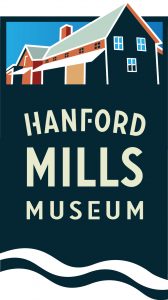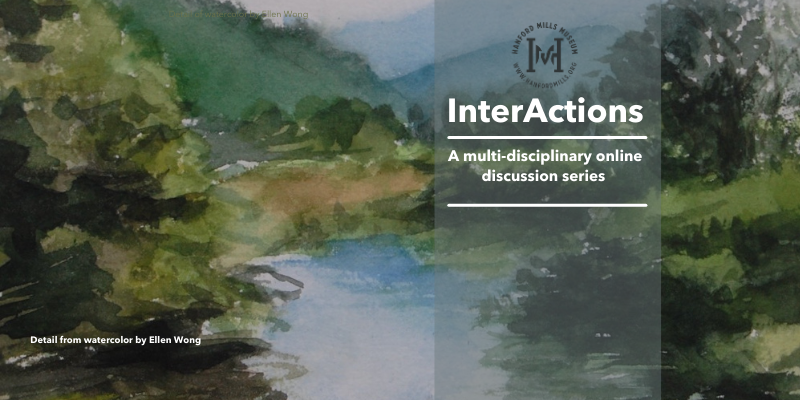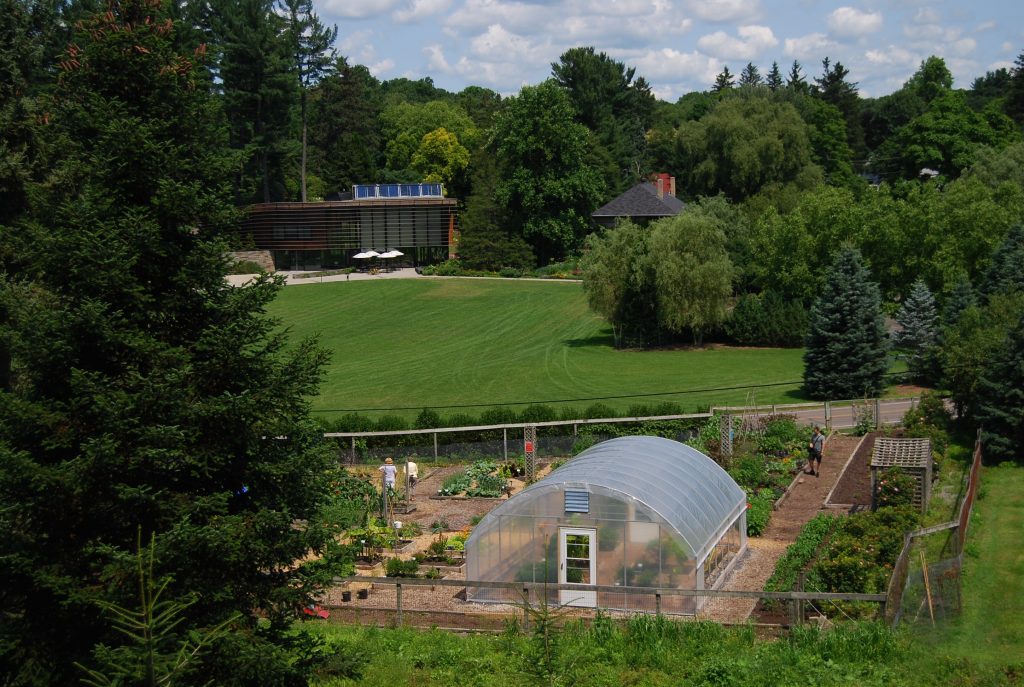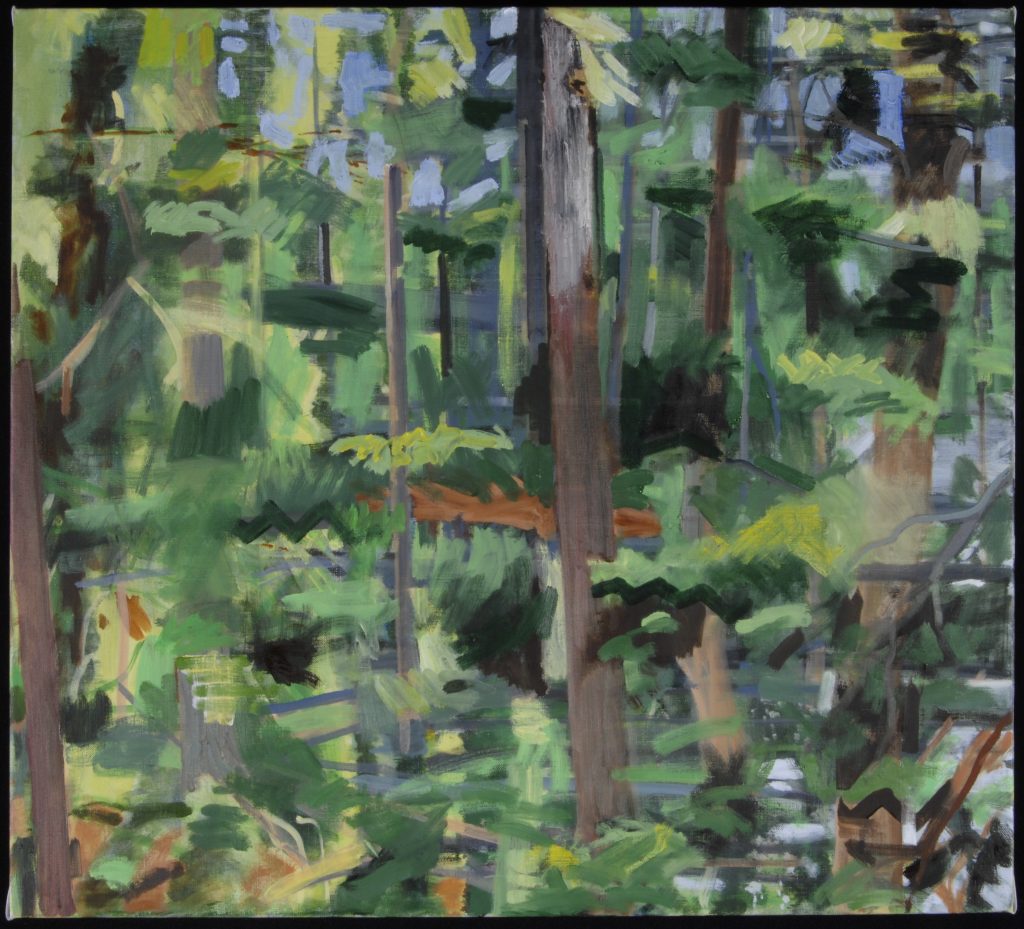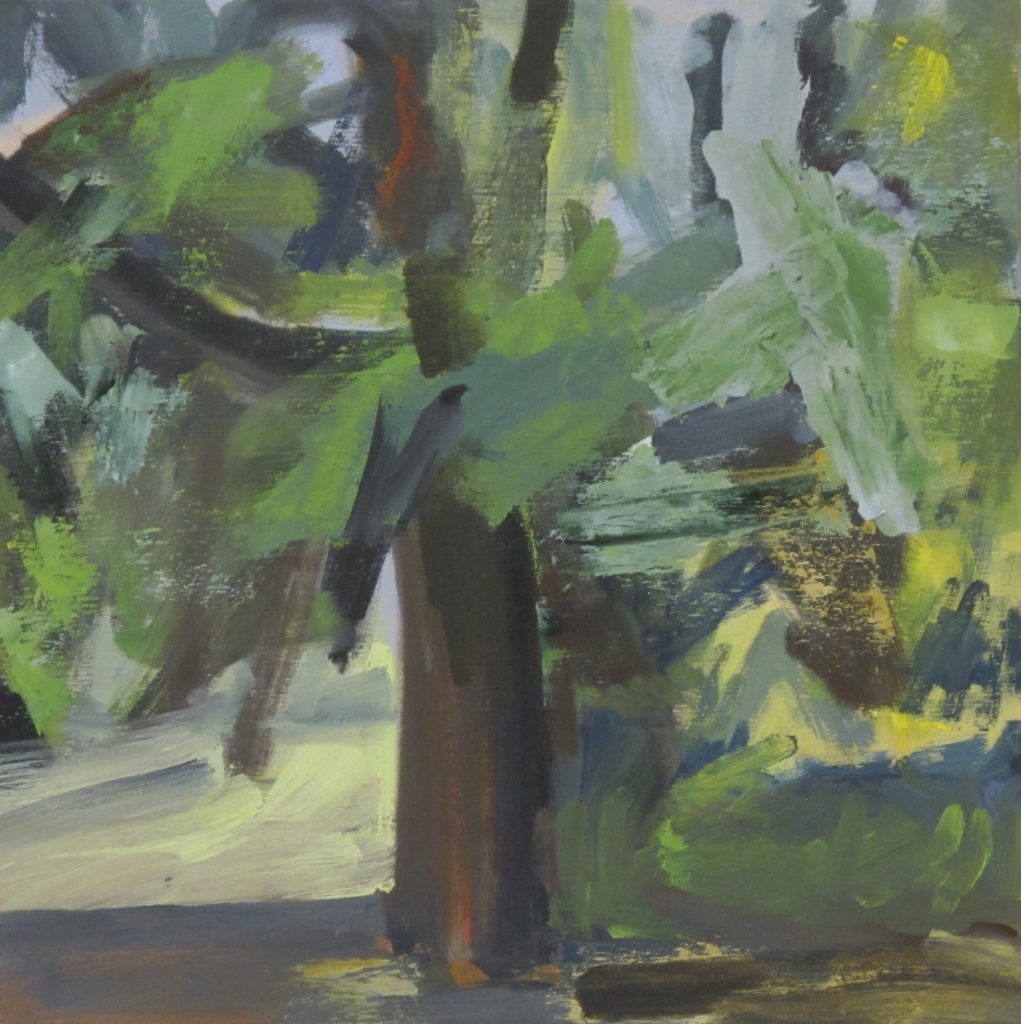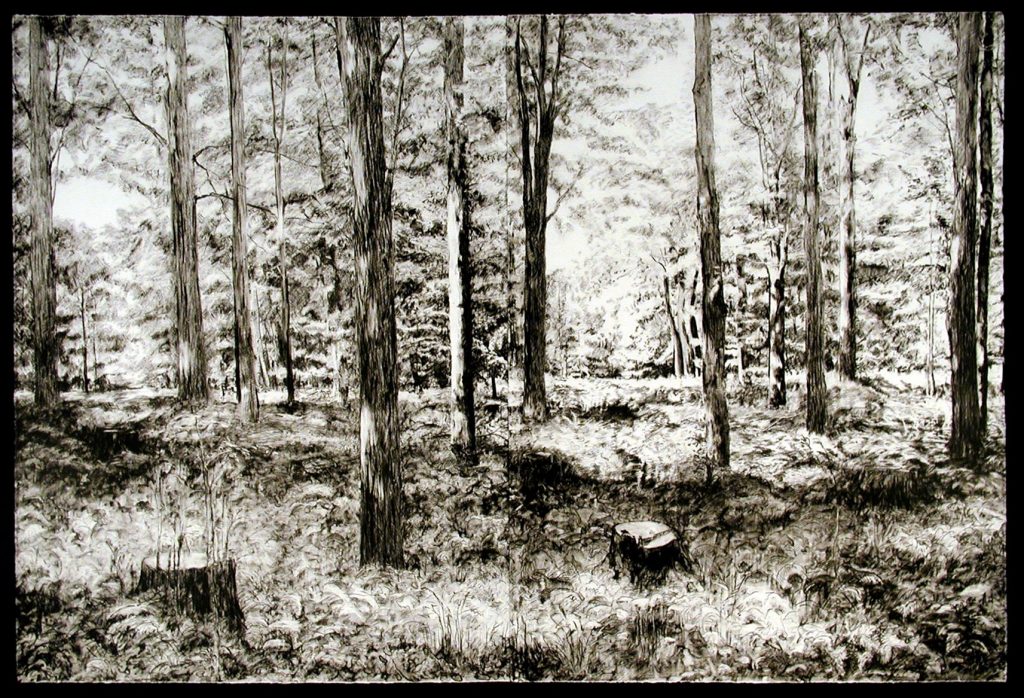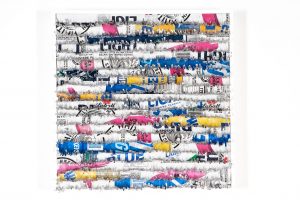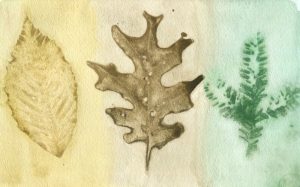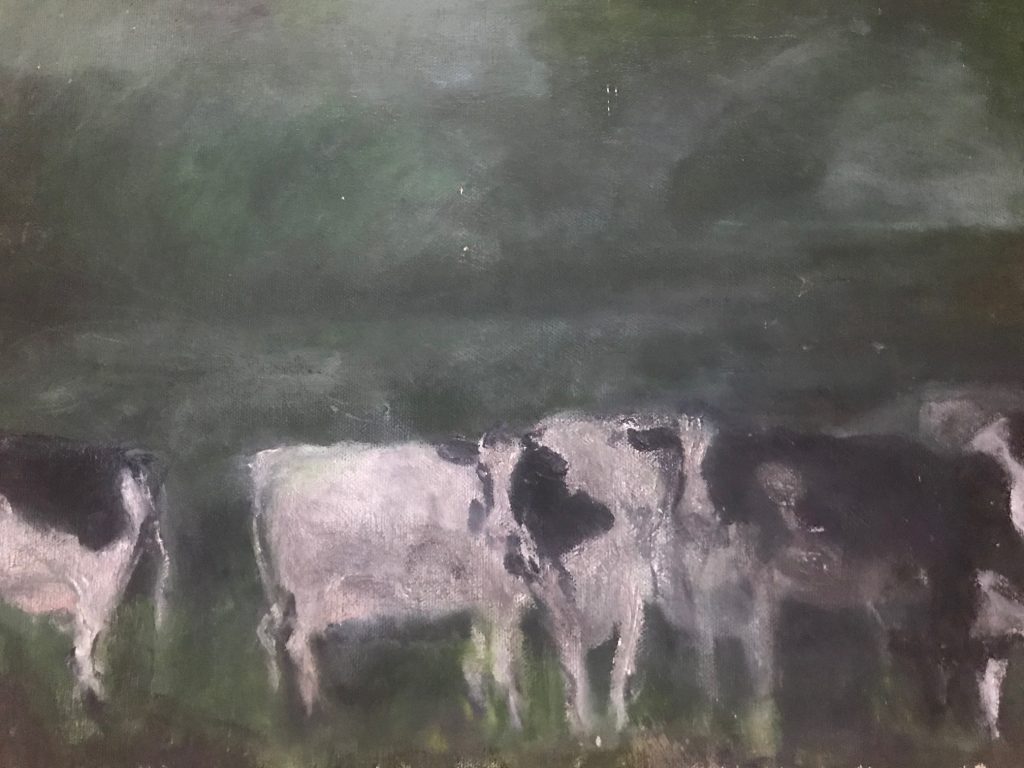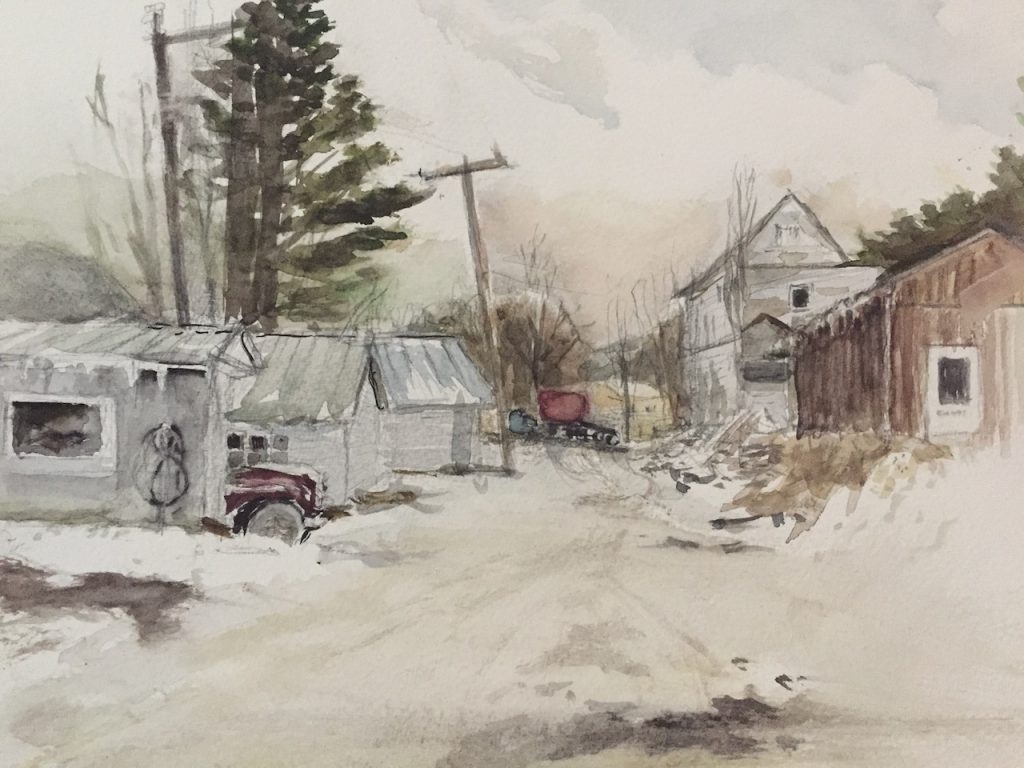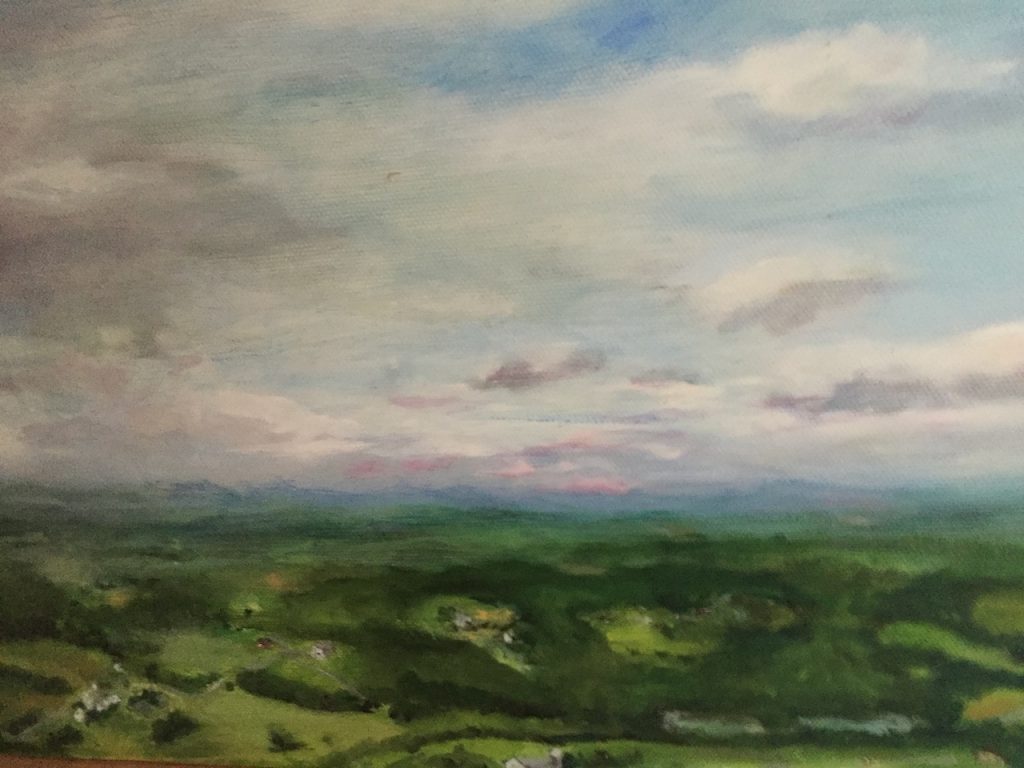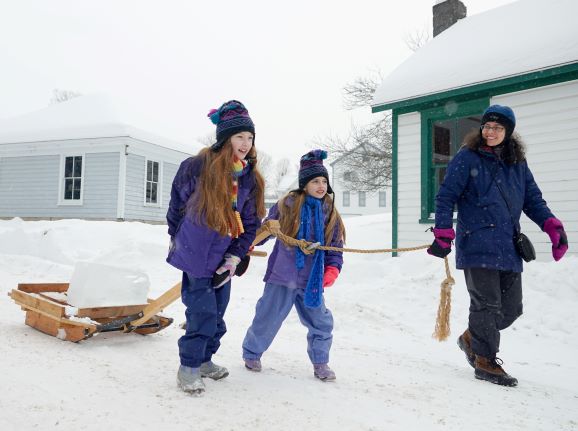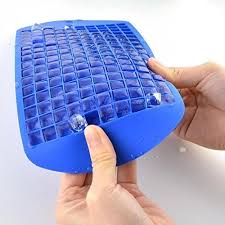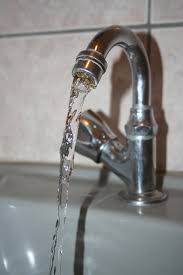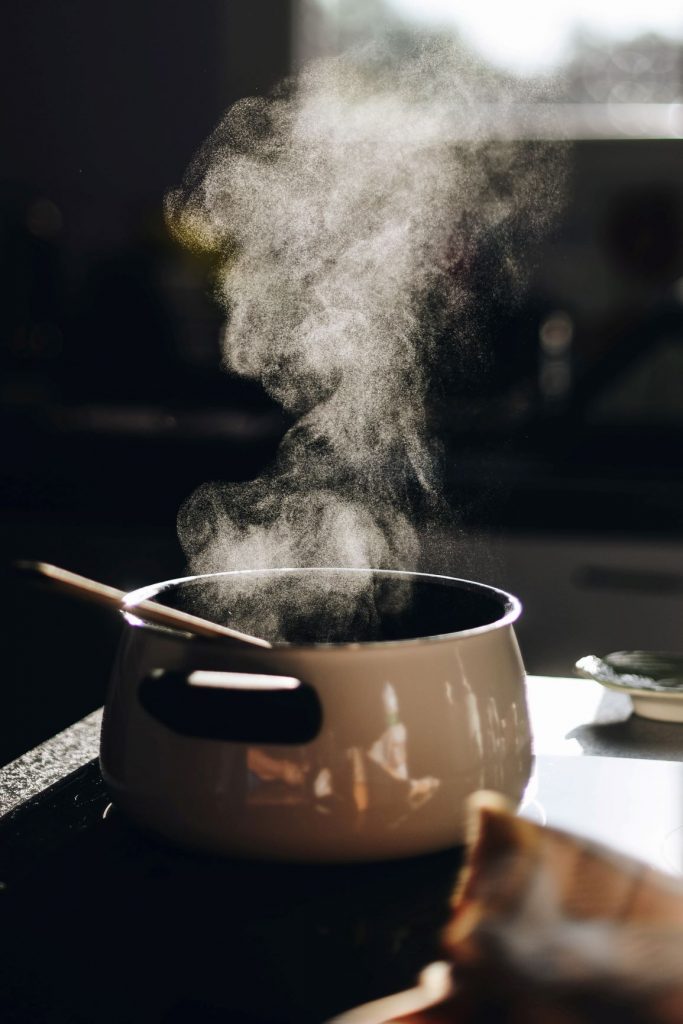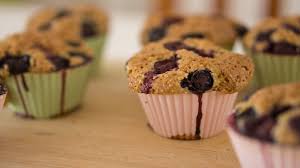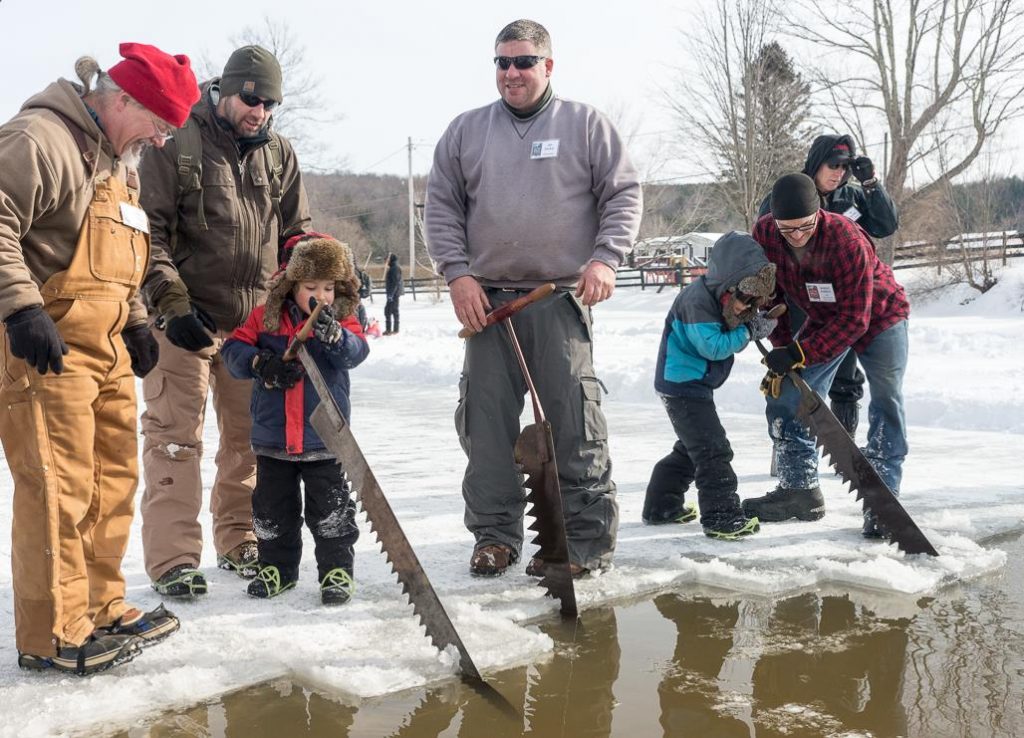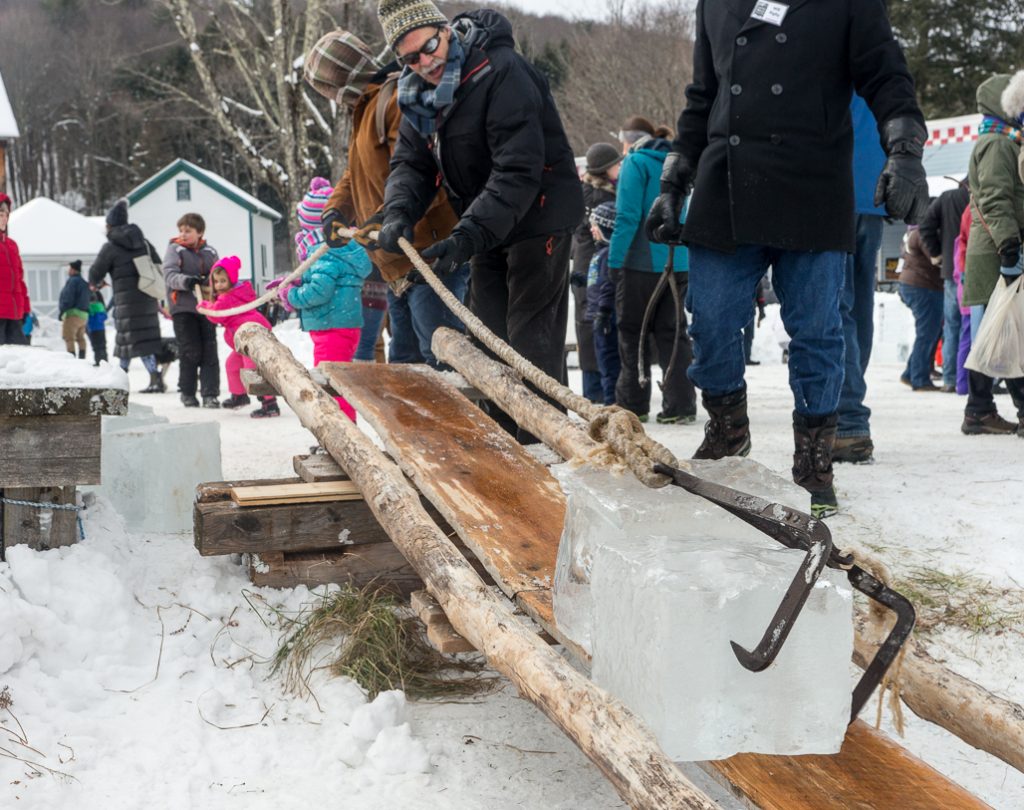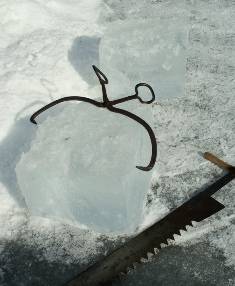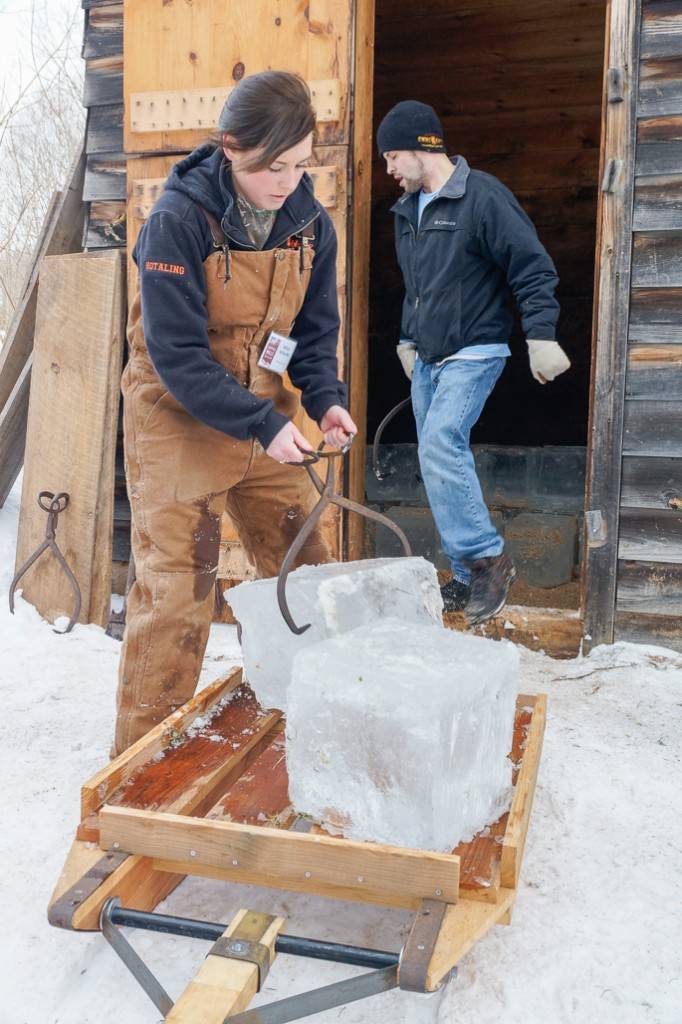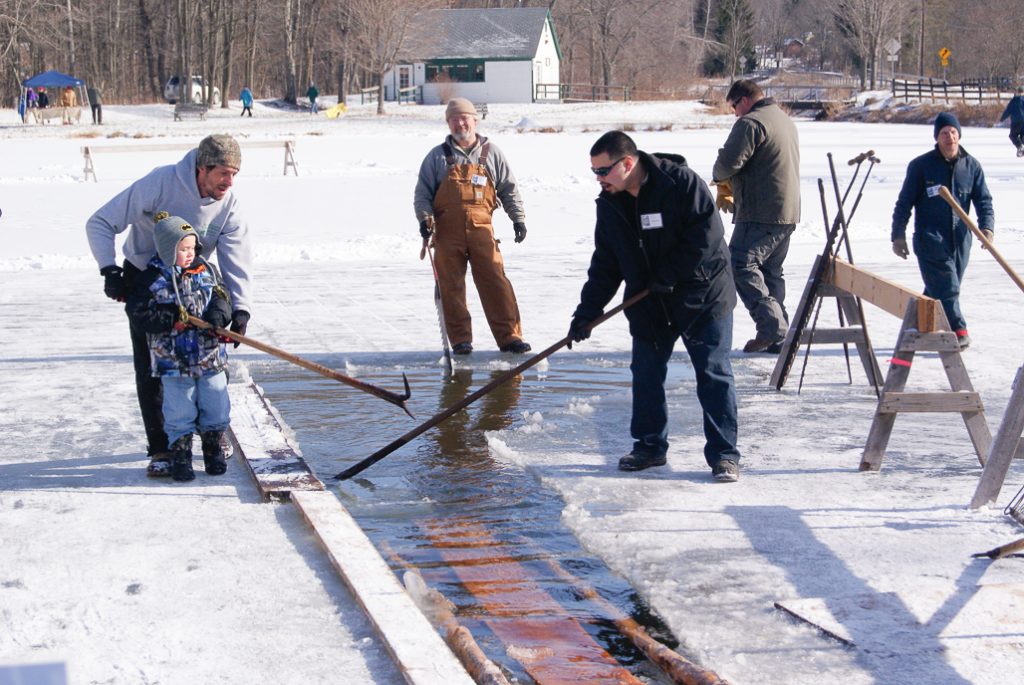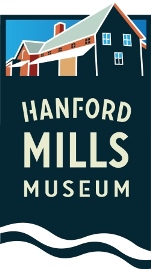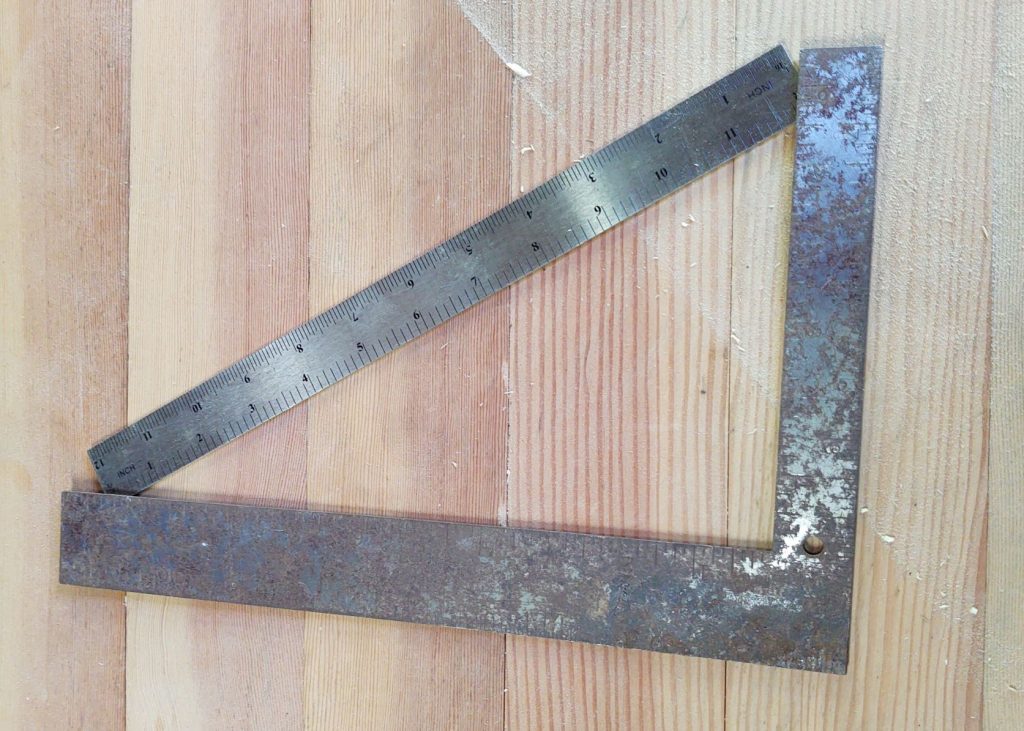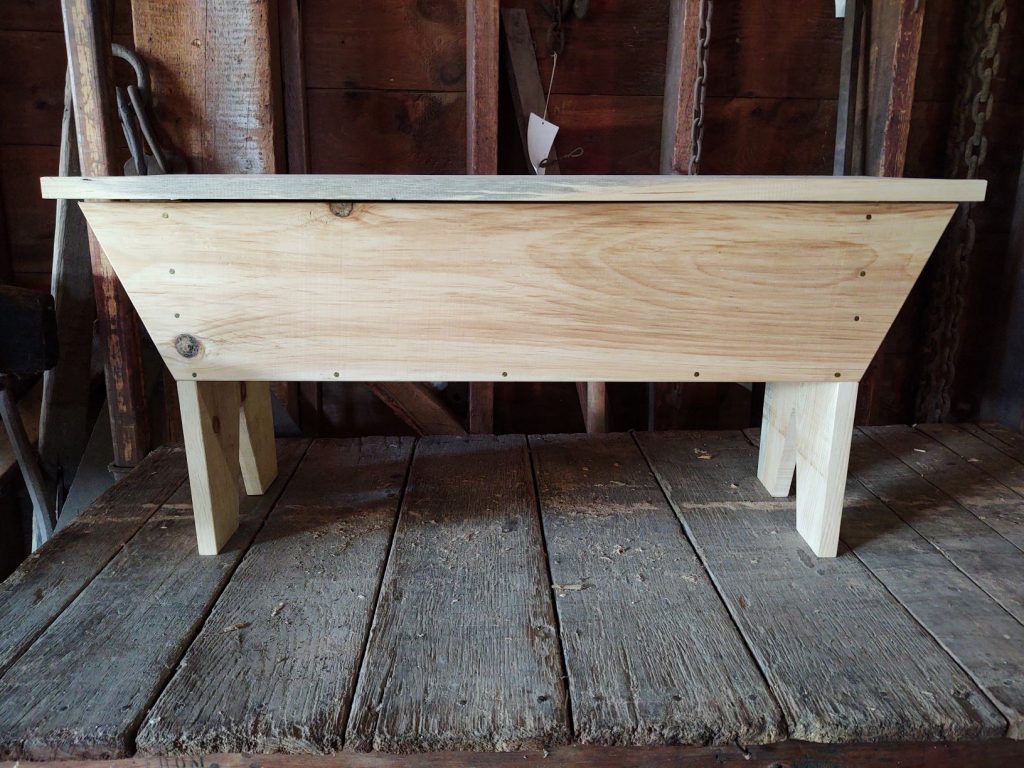The region’s “coolest” tradition will continue with free online events and at-home activities
[Feb. 3, 2021 East Meredith, NY] For more than 30 years, Hanford Mills Museum has held an Ice Harvest Festival to celebrate a historic winter tradition in New York. Though COVID-19 will prevent Hanford Mills from hosting an in-person event, the Museum will offer free virtual events and at-home activities.
“We have the same goal, to highlight the history, science, and traditions of ice harvesting, but will be interacting with people online instead of here at Hanford Mills,” explains Liz Callahan, executive director of Hanford Mills Museum. She notes that the Ice Harvest often brings more than 1000 people to the museum, making it their biggest event. “We will miss having visitors here for Ice Harvest, but hope people will enjoy this new online programming.”
Up until the early 20th century, ice harvesting was an essential winter activity in rural communities. “Before mechanical refrigeration, ice was the only way to keep food cold,” explains Callahan. “Ice blocks were cut from frozen rivers and ponds and then stored until the warmer months.” She said that area farmers used the ice to keep milk and other agricultural products cold, and also as a winter crop to sell.
Winter’s Coolest Crop: Ice Harvesting History and Culture
On Thursday, February 4 at 7 pm, Andrew Robichaud, Assistant Professor of History at Boston University, joins HMM staff Liz Callahan and Kajsa Harley for an online presentation, Winter’s Coolest Crop: Ice Harvesting History and Culture. Robichaud’s book-in-progress, tentatively titled On Ice: Transformations in American Life, is a history of climate, ice, and the ice trade in North America, and explores the cultural and economic ice age in nineteenth-century America. Along with a discussion of the history of ice harvesting in the northeast, they will discuss how Hanford Mills celebrates the historic community tradition of ice harvesting. The program is free. Register in advance at http://bit.ly/iceharvestwebinar. A recording of the program will also be posted to the Hanford Mills YouTube Channel.
Ice Harvesting and Ice Houses Family Program
On Saturday, February 6 at 11 am, Luke Murphy, Hanford Mills education coordinator, will offer a family-friendly online presentation, Ice Harvesting and Ice Houses. He will talk about how ice houses work and experiment with different materials to determine what insulates ice the best. The program is free and you can register in advance at https://bit.ly/familyiceharvestprogram. The program will also be posted to the Museum’s YouTube channel. Hanford Mills will also offer a winter activity guide with ideas for families to enjoy at home. The activity guide will be available at hanfordmills.org on Saturday.
Ask your Ice Harvest question
Hanford Mills staff will also answer questions about ice harvesting on the Hanford Mills Facebook page. Submit questions through Facebook or to [email protected].
Hanford Mills Museum is collaborating with several nonprofits organizations to offer more online activities.
Ice Harvest Videos premiere February 6
Students from the Cooperstown Graduate Program, SUNY Oneonta have developed three short videos on the ice harvesting process, the science of ice and ice houses, and the water cycle and climate change. They will be available to watch on the Hanford Mills Museum YouTube channel starting on February 6. “The videos are a way for us to show the process of ice harvesting, and also connect to science and history,” says Callahan.
Friday, February 5, 7 pm Science Trivia Night with the Science Discovery Center
The A.J. Read Science Discovery Center and SUNY Oneonta Planetarium are hosting a three-round online trivia game on Zoom on February 5 from 7-9 pm. Participants can play as a team (2-5 people) or play solo. The trivia will be “ice” themed, from glaciers, to ice planets, to the history of ice and refrigeration. Register in advance at https://suny.oneonta.edu/science-discovery-center.
Wednesday, February 17, 6 pm Catskills Winter Trivia
The Catskills Visitors Center will host a virtual trivia event on its Instagram page https://instagram.com/catskills.visitor.center at 6 pm on Wednesday, February 17.
A recording of another Virtual Ice Harvest event, a presentation on Bald Eagles by the Delaware-Otsego Audubon Society which was held on Feb. 4, will be featured at doas.us soon. The DOAS also developed a self-guided eagle trip that people can do on their own.
Support Local
Callahan said they want to thank the restaurants that have provided soup for the Ice Harvest Soup Buffet and the exhibitors who come to Ice Harvest. “We encourage people to consider ordering takeout and buying from these local businesses,” says Callahan. “We look forward to welcoming everyone back for the Ice Harvest Festival in 2022.”
Local businesses and organizations that have been at the Ice Harvest Festival include: Byebrook Farm, Blue Merle Apiaries, Bakers Grimm, the Cooperstown Distillery, Catharina’s Hats and Mittens, Kortright Handiworks, the Catskill Forest Association, My Woodlot/Watershed Agricultural Council, the Dave Brandt Chapter of Trout Unlimited, and the A.J. Read Science Discovery Center. Restaurants who provided soup, rolls and cookies for past Ice Harvests include: Alex’s World Bistro, Alfresco’s Italian Bistro, Applebee’s, Autumn Café, Bakers Grimm, Blue Bee Café, Brooks House of BBQ, Cafe Ommegang, Cooperstown Diner, Danny’s Main Street Market, Delhi Diner, Denny’s, Jackie’s Restaurant, Junkyard Bakehaus, Morey’s Family Restaurant, Oneonta Bagel Company, the Otesaga, Simply Thai, SUNY Delhi Hospitality Department, The Tulip and the Rose Café, and TK’s Diner.
About Hanford Mills Museum
As one of only a handful of operating water- and steam-powered mills, Hanford Mills Museum has earned a place on both the National and New York State Registers of Historic Places. The mission of Hanford Mills Museum is to inspire audiences of all ages to explore connections among energy, technology, natural resources and entrepreneurship in rural communities with a focus on sustainable choices.
Hanford Mills Museum, which will open for the season on May 15, is located at 51 County Route 12, at the intersection of Delaware County Routes 10 and 12, in East Meredith, NY, 10 miles from Oneonta, and 15 miles from Delhi.
For more information, visit www.hanfordmills.org or call 607.278.5744.
###
www.hanfordmills.org
www.Facebook.com/HanfordMillsMuseum
CONTACT: Liz Callahan, [email protected] 607.278.5744


